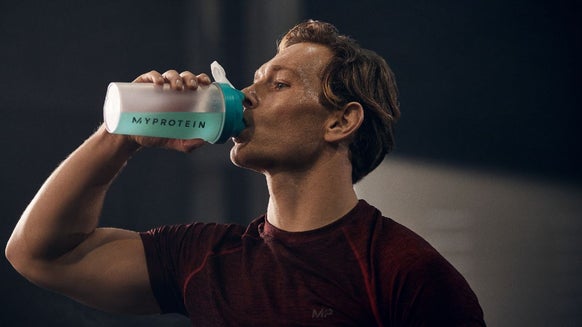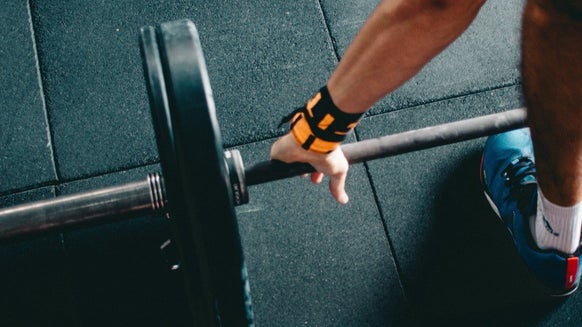Written by Jack Boardman
Benefits of Compression Clothing For Winter Training
If you’ve ever wondered why people wear compression clothing when working out, or if you already wear it on a regular occasion but aren’t sure whether it does anything to enhance your performance, here we’ve put together just a few of the positives of wearing compression clothing.
Compression clothing is worn for a variety of reasons, depending on its purpose. You’ll have seen body builders lifting weights in it, footballers and long distance runners wearing compression clothing in colder climates, and martial artists wearing it when sparring.
Compression sportswear comes in various forms, including long and short sleeved t-shirts, sleeveless vests, leggings, shorts and socks.
Compression gear is designed to deliver specific levels of pressure to the affected limb, whether the muscle is injured or targeted for a high intensity workout.
Many athletes wear compression clothing for improved circulation and movement. The idea that compression leggings could make you better at running is not quite how it works, and at the very least they have the ability to make the somewhat slacker muscle areas appear tighter. But do they help to improve your performance?
It is widely acknowledged that compression sportswear is a considerable ally in recovery. It is designed to potentially increase blood flow to your muscles as well as keeping your muscles firmly in place. The idea is that the tight-fitting, spandex-style garments enhance your aerobic threshold by increasing your vo2 max (the maximum or optimum rate at which the heart, lungs, and muscles can effectively use oxygen during exercise) and help to clear the lactic acid from your muscles.
During exercise when you have not produced enough oxygen, lactate builds in the muscles. Your body converts this to energy without using oxygen. The trouble is that this lactic acid can build up in your muscles faster than you are burning it off through exercise.
Compression clothing is also used for recovery, with many finding it helps with sore muscles after rigorous exercise. One of the first rules following an injury is to apply rest, ice, compression and elevation to the injured limb. Compression trousers or socks on a pulled hamstring or calf muscle could offer a temporary solution after overworking your muscles.
For weightlifters, compression sportswear applies pressure to the swelling and inflammation of muscles.
Another virtue of compression clothing is its use as a base layer in colder weather. For gymnasts and runners, the form-fitting material adds another layer beneath your tracksuit, shorts or t-shirt that doesn’t restrict movement and allows a free-range of motions whilst keeping off the chill that can lead to pulled muscles, cramps and restrict blood flow to your muscles.
Whereas MMA fighters and wrestled are shirtless during competition, compression clothing is often worn on the training mats for sparring. This is because the tight-fitting material helps to avoid rashes, bruising and chafing caused by aggressively rubbed and impacted skin.
The material of compression clothing is designed with isotherm technology to keep your body at the optimal temperature. If you’ve got a rough training session ahead of you, the anti-odour material is designed to keep the area from running with sweat.








